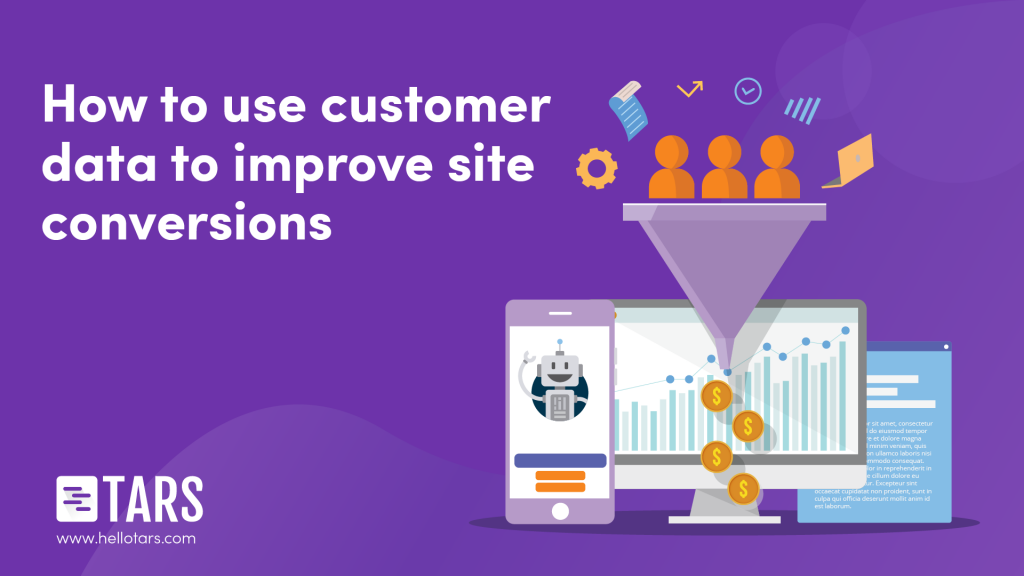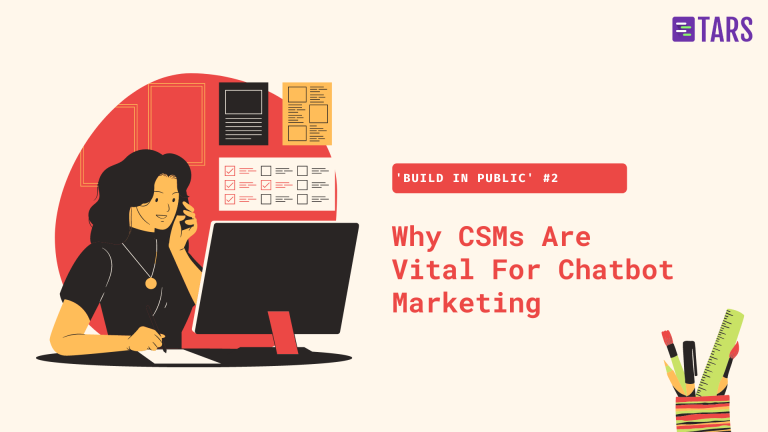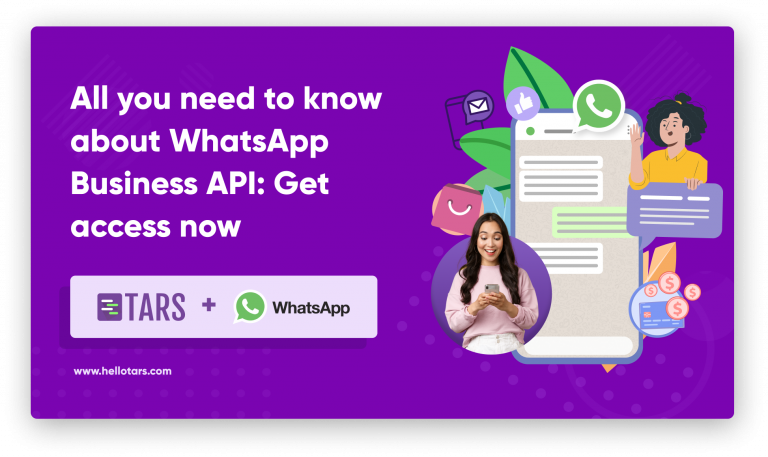Website Optimization Playbook: How To Use Customer Data To Improve Site Conversions

As the internet has captured a greater share of human attention, the amount of easily accessible customer data has skyrocketed.
This has posed marketers with a unique opportunity.
By adopting a data-driven marketing approach, marketers can transform their websites into hyper-personalized buyer experiences that deliver a better UX and a higher conversion rate.
In this article, we’re going to look at some ways in which this is happening. We’ll demonstrate some easy-to-implement tactics that will move you towards a data-driven strategy and ultimately help you to convert more site visitors into paying customers.
What is Data?

Data can mean many different things to different companies, so before we can take a look at how you can use it in your marketing campaigns we need to first define what type of data we will focus on.
The tactics in this article primarily work with first-party data, which is the data collected by your company on your customers.
This could be analytics data from your site, data from your CRM, or any other data you actively collect from your customers (this could be from surveys or feedback, for example).
Tere other forms of data (second and third party data) but since you have the most control over first-party data, it is arguably the most versatile form of data. If you are interested in learning more about the other types of data, check out this article.
Boosting Site Conversions With Data
Ok so now that we’ve established the type of data we are discussing in this post, let’s take a look at how it can be used to generate more leads.
1. Site Tracking

A customer journey is the path that a customer takes on your website to become a paying customer or lead. Every business’ customer journey is going to look different from one another but, at a general level, most journeys have the following structure: Awareness -> Engaged/subscriber -> Paying customer
By tracking all the events that your current users are going through to reach conversion (e.g. clicking on to the page, reading info, filling form, etc.), you can understand how customers engage with your site, what moves them onto the next stage, and perhaps more importantly, what causes them not to move onto the next stage of the journey.

These insights allow you to double down on the aspects of your site that are working and fix the parts of your site that aren’t and in the process help you improve conversion rate.
For example, by tracking how customers interact with your site on key landing pages you can A/B test copy and arrangement to optimize for site conversions. This will ultimately allow you to increase your conversion rate with each iteration.
2. Chat-based Data Collection

Another way to generate data around the customer journey is by using chat to source common user questions.
Over the last few years, live chat and chatbot widgets have become a ubiquitous element of webpages across the internet, and with good reason. Customers feel comfortable sharing personal info and asking questions to a chat agent, whether human or artificial.
Leveraging this phenomenon on your website, you can add a chat widget to your website where customers can ask their questions about your offerings and then use that chat data to inform your website copy.
For example, if customers on your pricing page keep asking your chat agent whether your pricing plans include multiple users, you can add the number of users to each plan description and reduce uncertainty in the buyer journey and take more customers through to conversion.
3. A/B testing

A/B testing is perhaps the most important data-driven tool in any marketer’s arsenal.
The basic premise of this method is that you show half your site visitors one version of your website, and the other half another version of your website (usually with a single change made to it) and see which performs better to decide on the final copy.
It is a slow and iterative process but if done consistently over an extended period of time, the results can be truly rewarding.

A lot of marketers are unaware that A/B testing can also be used in a chatbot conversation. By testing seemingly minor changes to copy, delivery time, and even visual aesthetic, you can optimize your chatbots for higher conversion rates just like they would with a regular webpage.
An excellent example of this is to test different call-out messages on key site pages to see which prompts elicit the highest open rates.
4. User Segmentation

By segmenting your customers based on attributes like location (users that visit your site from x location), analytics data (device type, number of pages per session, number of visits, etc) or CRM data (purchase history, company, vertical, etc.), you can create marketing strategies that are hyper-personalized to the preferences of your customers.
For example, if a customer has repeatedly visited the sneakers category of products on your site. You can combine this with previous purchase data to personalize the home page. You can present the latest sneaker range landing page as the home page and include a repeat customer coupon to help convert the site visitor.

The best part about website personalization as a data-driven approach is that it can be used in conjunction with any other method on this list. Improving customer experience requires suitable website building tools that support personalization. These help in running A/B tests, creating custom chatbots, and tracking website activity on top of individual user segments. Allowing you to transform your website from a simple repository of information into an immersive brand experience.
Conclusion
Data is a powerful tool to understand your site visitors, what converts them, and how best to optimize your site as it can help to understand the consumer journey. This is the first step to improving site conversions.
Data can also help measure and improve many parts of the customer journey. A/B testing is a powerful way of using data to test what changes are affecting conversions.
Using data as a tool to personalize the customer journey, and by combining this with A/B testing, you can build an effective conversion funnel that will generate more leads and more customers for your business.
James is a marketer who writes extensively about many emerging tech topics across big data, marketing, IoT and mobile. His interests include researching how data is transforming the world around us (for better and worse). He currently leads the marketing effort at Tamoco. He currently leads the marketing effort at Tamoco. James can be reached on Twitter at @tamocotech or @jamesewentech


Learn why businesses trust us to automate their pre-sales and post-sales customer journeys.
Recommended Reading: Check Out Our Favorite Blog Posts!
Recommended Reading: Check Out Our Favorite Blog Posts!

Why CSMs Are Vital For Chatbot Marketing

Making Your SEO Count

All You Need To Know About WhatsApp Business API: Get Access Now
Our achievements in numbers

7+
years in the Enterprise Conversational AI space

700+
global brands that we’ve worked with

50m+
customer conversations automated

10+
countries with deployed Chatbots